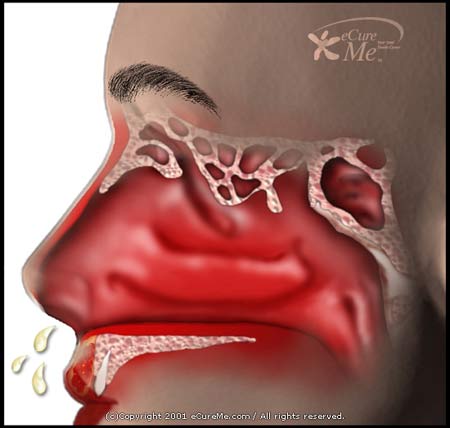Dara Meldrum1*, Susan Herdman2, Roisin Moloney3, Deirdre Murray3, Douglas Duffy4, Kareena Malone3,Helen French1, Stephen Hone4, Ronan Conroy1 and Rory McConn-Walsh
Abstract
Background: Unilateral peripheral vestibular loss results in gait and balance impairment, dizziness and oscillopsia. Vestibular rehabilitation benefits patients but optimal treatment remains unknown. Virtual reality is an emerging tool in rehabilitation and provides opportunities to improve both outcomes and patient satisfaction with treatment. The Nintendo Wii Fit Plus® (NWFP) is a low cost virtual reality system that challenges balance and provides visual and auditory feedback. It may augment the motor learning that is required to improve balance and gait, but no trials to date have investigated efficacy.
Methods/Design: In a single (assessor) blind, two centre randomised controlled superiority trial, 80 patients with unilateral peripheral vestibular loss will be randomised to either conventional or virtual reality based (NWFP) vestibular rehabilitation for 6 weeks. The primary outcome measure is gait speed (measured with three dimensional gait analysis). Secondary outcomes include computerised posturography, dynamic visual acuity, and validated questionnaires on dizziness, confidence and anxiety/depression. Outcome will be assessed post treatment (8 weeks) and at 6 months.
Discussion: Advances in the gaming industry have allowed mass production of highly sophisticated low cost virtual reality systems that incorporate technology previously not accessible to most therapists and patients. Importantly, they are not confined to rehabilitation departments, can be used at home and provide an accurate record of adherence to exercise. The benefits of providing augmented feedback, increasing intensity of exercise and accurately measuring adherence may improve conventional vestibular rehabilitation but efficacy must first be demonstrated.
Trial registration: Clinical trials.gov identifier: NCT01442623
Keywords: Rehabilitation, Vestibular diseases, Nintendo Wii Fit Plus®, Virtual reality, Postural balance, Dizziness, Vertigo, Gait, Visual acuity, Feedback sensory
Download Full Article HERE


